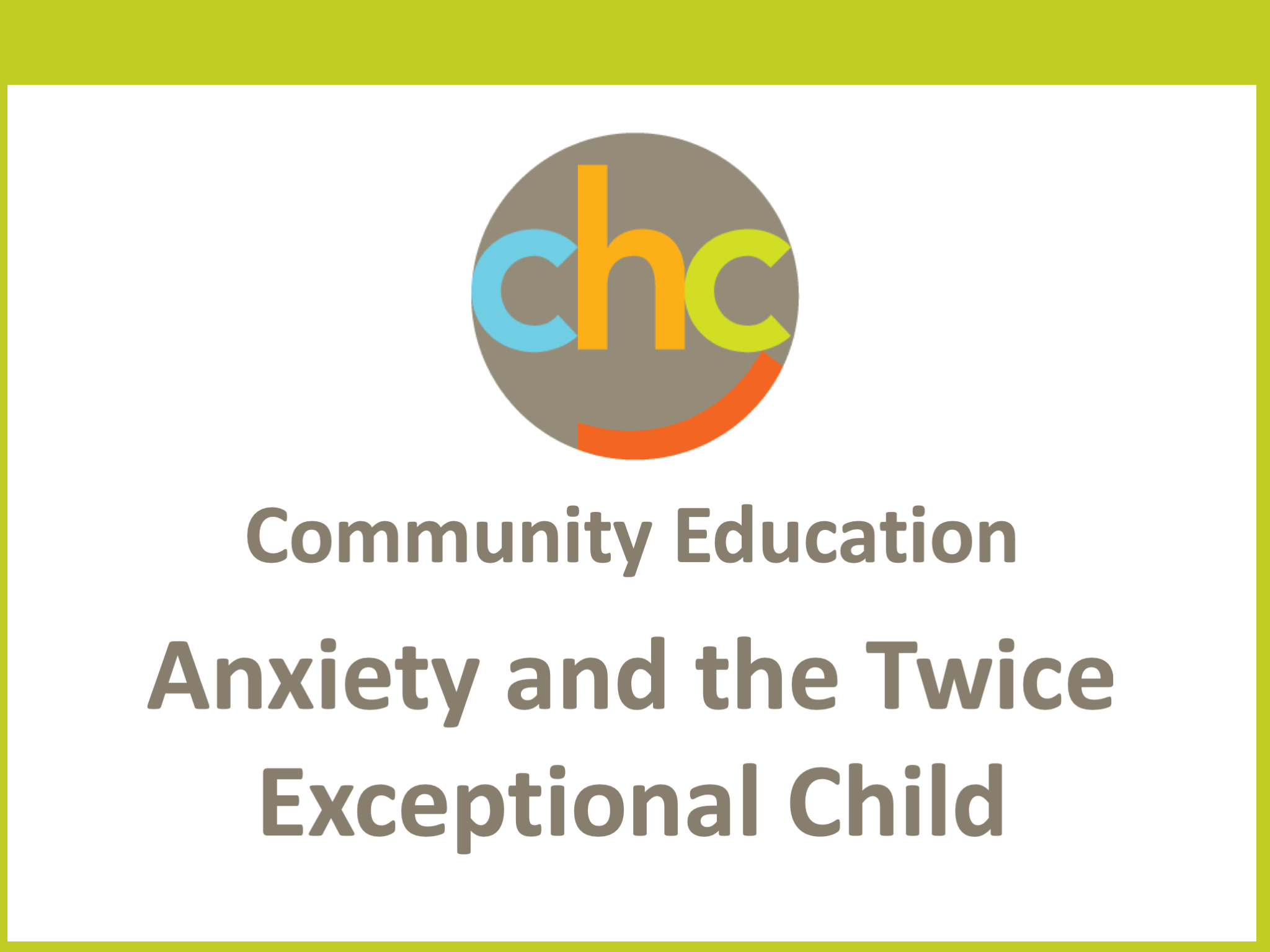 Building a sophisticated emotions vocabulary helps children identify and communicate different types of feelings, which in turn helps them manage emotions in productive ways, instead of hitting, acting out, or withdrawing.
Building a sophisticated emotions vocabulary helps children identify and communicate different types of feelings, which in turn helps them manage emotions in productive ways, instead of hitting, acting out, or withdrawing.
Strategy:
Create a “Feelings Tree” on the wall of your classroom or living room where you can post feelings-related words (“feelings leaves”) as they arise in conversations, in books or movies, or through other classroom activities. Start with basic emotions like happy, sad, mad, and scared, and see how many new words you can add throughout the month, like jealous, embarrassed, anxious, and proud.
Kid Talk:
When you notice your child or a student acting a certain way, ask how they are feeling. Add that feeling to the Feelings Tree and tell them about a time you felt that way. This helps children understand that all feelings are normal and okay. It also helps to validate positive feelings, like pride or affection.
Understand that Emotion Underlies Behavior
Sometimes it can feel as if someone else is in control, especially when you experience big, intense feelings — as if the emotion, not you, is in charge of what you say or do.
Strategy:
“Stop and Stay Cool” is a strategy kids can use to calm themselves down. Stop and Stay Cool has five steps:
- Notice when you are about to lose control
- Tell yourself to stop and think
- Wrap your arms around yourself and give a big hug
- Practice breathing slowly while counting to five
- Regain control and return to the learning or social activity
Kid Talk:
Ask your child: When you have a strong emotion like anger, does it feel like someone else is in control? Talk to your child about who is “in control” and what might be triggering the feelings. Walk your child through the Stop and Stay Cool steps, modeling how to take deep breaths, slow it down, and take time to “cool off” before moving ahead.
Talk About Positive and Negative Emotions
Experiencing negative emotions is a normal part of life, but they can be difficult for children and caregivers to navigate, especially when feelings seem to get in the way of things we need to do. Children need help to learn how to identify and manage difficult emotions in productive ways.
Strategy:
“I” messages help children (and adults) identify feelings and communicate them appropriately. Encouraging students to use their own words to express what they are feeling can help support the development of an emotions vocabulary while improving communication and your understanding of the situation.
Kid Talk:
If you notice your child or student feeling angry, disappointed, or embarrassed, help them use an “I” message to describe what they are feeling. For example, “I feel frustrated because everybody else has a partner and I don’t.”
Think About Thinking
Talking about what’s going on inside your mind, maybe even explaining how emotions are formed and processed, can help kids think about their own brain and empower them to understand how they think, feel, and act.
Strategy:
The “Stop and Think” strategy encourages students to use self-control to stop and think before they act. Students can identify when a situation requires waiting, reflecting, or choosing an appropriate response instead of an automatic impulse.
Kid Talk:
Tell your child or your students that the brain is like a muscle that grows with exercise and good health. Eat well, get plenty of sleep, and you can build your “brain powers” by practicing specific skills — like stopping to think before you act.
Excerpted from “Use Your Words, Not Your Hands” in Usable Knowledge from the Harvard Graduate School of Education. Read the full article online.
Source: Harvard Graduate School of Education | Use Your Words, Not Your Hands, https://www.gse.harvard.edu/ideas/usable-knowledge/22/04/use-your-words-not-your-hands | ©2023 President and Fellows of Harvard College
This resource is filed under:







